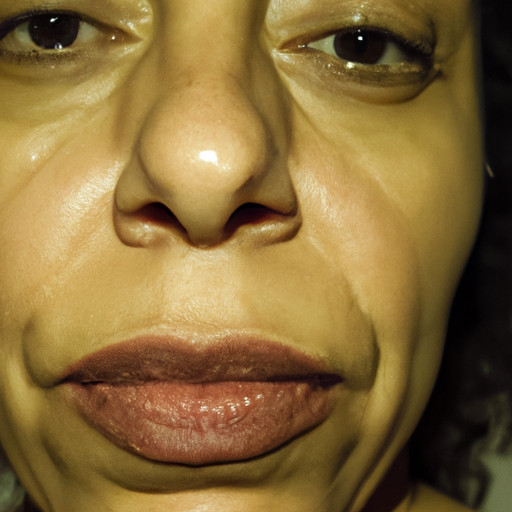As a dermatologist, I often encounter patients who are distressed by the presence of hyperpigmentation on their skin. Hyperpigmentation, characterized by dark patches on the skin, is a common condition that can affect people of all skin types. It is caused by an excess production of melanin, the pigment responsible for skin and hair color. While it is generally harmless, hyperpigmentation can be a source of cosmetic concern for many. Fortunately, there are effective strategies to manage and reduce hyperpigmentation, which can help reveal your true skin.
1. Sun Protection: The sun is a significant contributor to hyperpigmentation. Ultraviolet (UV) rays stimulate melanin production, leading to the development of dark spots and uneven skin tone. Therefore, a crucial step in managing hyperpigmentation is protecting your skin from the sun. This includes wearing a broad-spectrum sunscreen with an SPF of at least 30 every day, even when it’s cloudy. Additionally, wearing protective clothing and seeking shade during peak sunlight hours can further shield your skin from harmful UV rays.
2. Topical Treatments: Several over-the-counter and prescription creams can lighten hyperpigmentation. These products contain active ingredients like hydroquinone, retinoids, vitamin C, kojic acid, or azelaic acid that inhibit melanin production. However, these treatments require consistent use over several weeks or months before noticeable results are seen. It’s also important to note that some of these ingredients can cause skin irritation, so it’s best to consult with a dermatologist before starting any new topical treatment.
3. Chemical Peels: Chemical peels involve applying a solution to the skin that causes it to exfoliate and eventually peel off, revealing new, less pigmented skin underneath. Depending on the severity of hyperpigmentation, you may need a series of peels to achieve desired results. Chemical peels should be performed by a qualified professional to avoid potential skin damage.
4. Laser Therapy: Laser treatments can be highly effective in treating hyperpigmentation. These treatments work by targeting dark spots with a concentrated beam of light that breaks down the pigment into tiny particles. The body then naturally eliminates these particles, lightening the appearance of the spots. However, laser therapy can be expensive and may require multiple sessions.
5. Microneedling: This is a minimally invasive procedure that involves creating tiny punctures in the skin using fine needles. This process stimulates collagen production and allows for deeper penetration of topical treatments, making them more effective. When combined with serums or creams that inhibit melanin production, microneedling can significantly improve hyperpigmentation.
In conclusion, while hyperpigmentation can be a frustrating condition, there are numerous strategies available to manage and reduce its appearance. It’s important to remember that these treatments take time to work, and consistency is key. Furthermore, everyone’s skin is unique, so what works for one person may not work for another. Therefore, it’s crucial to consult with a dermatologist who can provide personalized advice based on your skin type and specific concerns. With patience and the right treatment plan, you can unmask your true skin and banish hyperpigmentation.




